
Spiritualism is a social religious movement primarily popular in the nineteenth and early twentieth centuries according to which an individual's awareness persists after death and may be contacted by the living. The afterlife, or the "spirit world", is seen by spiritualists not as a static place, but as one in which spirits continue to evolve. These two beliefs—that contact with spirits is possible, and that spirits are more advanced than humans—lead spiritualists to the belief that spirits are capable of providing useful insight regarding moral and ethical issues, as well as about the nature of God. Some spiritualists speak of a concept which they refer to as "spirit guides"—specific spirits, often contacted, who are relied upon for spiritual guidance. Emanuel Swedenborg has some claim to be the father of spiritualism.

A séance or seance is an attempt to communicate with spirits. The word séance comes from the French word for "session", from the Old French seoir, "to sit". In French, the word's meaning is quite general: one may, for example, speak of "une séance de cinéma". In English, however, the word came to be used specifically for a meeting of people who are gathered to receive messages from ghosts or to listen to a spirit medium discourse with or relay messages from spirits. In modern English usage, participants need not be seated while engaged in a séance.

In Spiritualism, paranormal literature and some religions, materialization is the creation or appearance of matter from unknown sources. The existence of materialization has not been confirmed by laboratory experiments. Numerous cases of fraudulent materialization demonstrations by mediums have been exposed.

Mediumship is the pseudoscientific practice of mediating communication between familiar spirits or spirits of the dead and living human beings. Practitioners are known as "mediums" or "spirit mediums". There are different types of mediumship or spirit channelling, including séance tables, trance, and ouija. The practice is associated with Spiritualism and Spiritism. A similar New Age practice is known as channeling.
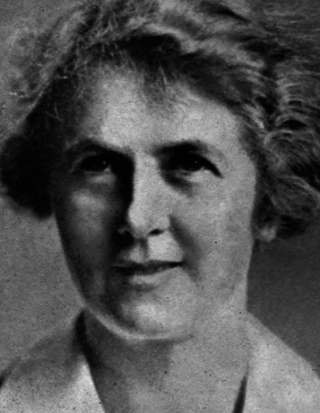
Mina "Margery" Crandon was an American psychic medium who said that she channeled her dead brother, Walter Stinson. Investigators who studied Crandon concluded that she had no such paranormal ability, and others detected her in outright deception. She became known as her alleged paranormal skills were touted by Sherlock Holmes author Sir Arthur Conan Doyle and were disproved by magician Harry Houdini. Crandon was investigated by members of the American Society for Psychical Research and employees of the Scientific American.
Morris Lamar Keene, was a spirit medium in Tampa, Florida and at Camp Chesterfield Indiana, where he was known as the "Prince of the Spiritualists". He was also the trustee of Universal Spiritualist Association. He is best known for his 1976 book The Psychic Mafia, in which he coined the term "true-believer syndrome".

Florence Eliza Cook was a medium who claimed to materialise a spirit, "Katie King". The question of whether the spirit was real or a fraud was a notable public controversy of the mid-1870s. Her abilities were endorsed by Sir William Crookes but many observers were skeptical of Crookes's investigations, both at the time and subsequently.

Arthur Ford was an American psychic, spiritualist medium, clairaudient, and founder of the Spiritual Frontiers Fellowship (1955). He gained national attention when he claimed to have contacted the dead son of Bishop James Pike in 1967 on network TV. In 1928 Ford claimed to have contacted the deceased spirits of Houdini's mother and later in 1929 Harry Houdini himself.

Ectoplasm is a term used in Spiritualism to denote a substance or spiritual energy "exteriorized" by physical mediums. It was coined in 1894 by psychical researcher Charles Richet. Although the term is widespread in popular culture, there is no scientific evidence that ectoplasm exists and many purported examples were exposed as hoaxes fashioned from cheesecloth, gauze or other natural substances.
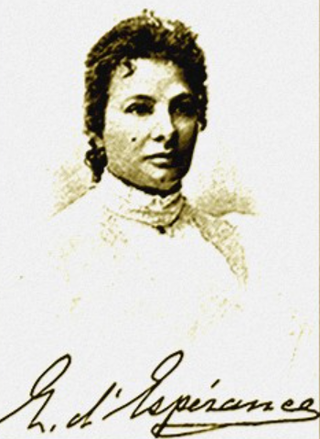
Mme. d'Esperance was an English spiritualist medium who was exposed as a fraud.

Franek Kluski, real name Teofil Modrzejewski (1873-1943), was a Polish physical medium criticized by trained magicians and skeptics as a fraud. Kluski was best known for his séances in which alleged "spirit" molds of hands materialized. It was later demonstrated by Massimo Polidoro and chemist Luigi Garlaschelli that these molds could have easily been made by fraudulent methods.
True-believer syndrome is an informal or rhetorical term used by M. Lamar Keene in his 1976 book The Psychic Mafia. Keene coined the term in that book. He used the term to refer to people who continued to believe in a paranormal event or phenomenon even after it had been proven to have been staged. Keene considered it to be a cognitive disorder, and regarded it as being a key factor in the success of many psychic mediums.
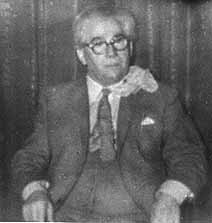
Leslie Flint was a British self-proclaimed medium who is credited as having been one of the last psychics to use direct-voice mediumship. He has been described by spiritualists as the most renowned psychic of the 20th century. Skeptics have pointed out a number of alleged frauds Flint perpetuated during his career.

Carmine Carlos Mirabelli was a Brazilian physical medium and Spiritualist.
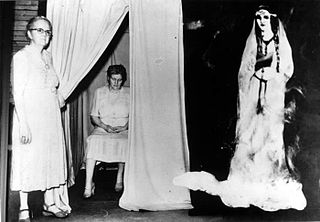
Ethel Post-Parrish was an American Spiritualist medium.

William Roy (1911-1977) was the pseudonym of William George Holroyd Plowright, a notorious fraudulent medium in the history of British spiritualism.
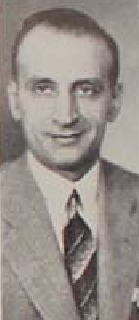
Frank Decker was a 20th-century American spiritualist medium who was discovered to be a fraud.
Ena Twigg (1914-1984) was a British psychic medium.
Allen Spraggett was a Canadian writer and broadcaster, known for his works concerning the paranormal.
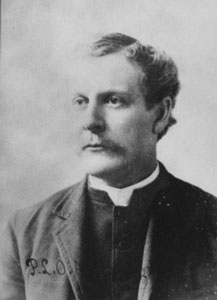
Pierre Louis Ormond Augustus Keeler (1855-1942), best known as Pierre L. O. A. Keeler, was an American spiritualist medium.




















